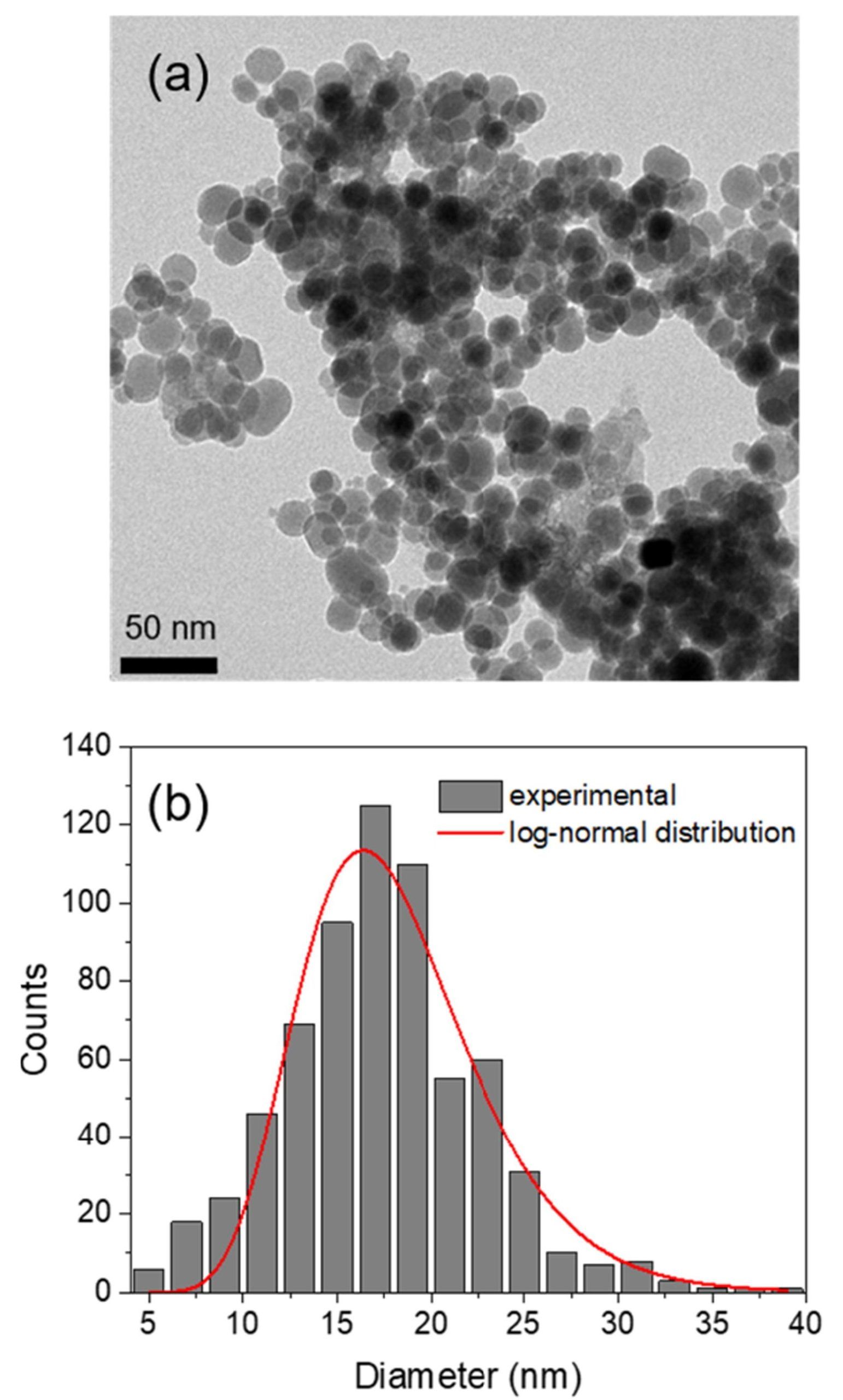
Hot off the press: New Paper in Journal of Magnetism and Magnetic Materials!
The article “Magnetoelastic coupling behaviour of nanocrystalline ε-Fe2O3” was published in Journal of Magnetism and Magnetic Materials!
NN group member Martí Gich published this interesting paper in collaboration with the University of Cambridge and Josep Lluís García Muñoz from the Crystallography of Magnetic and Electronic Oxides and Surfaces (CMEOS) group at ICMAB.
Abstract:
Preparation of a ceramic sample which preserved the nanoscale grain sizes of ∼10-30 nm has allowed elastic and anelastic properties of ε-Fe2O3 to be investigated as functions of temperature and magnetic field strength by resonant ultrasound spectroscopy in the frequency range ∼0.1-1 MHz. Formal analysis of spontaneous strains, e, from previously obtained high resolution lattice parameter data confirmed that magnetic ordering below ∼500 K is accompanied by strains of up to ∼±0.002 due to coupling with the order parameter, m, according to λem2. However, this coupling does not result in elastic softening that would be expected if the order parameter relaxed in response to an induced strain on the timescale of the acoustic resonances. Stiffening or softening during heating through ∼450-480 K of the initial as prepared material, which acquired a distinct magnetisation parallel to the stress applied during Spark Plasma Sintering, is attributed to changes in magnetic domain configurations involving preferred local alignments of individual moments of monodomain crystals. The crystallographic space group, Pna21, and magnetic space group at room temperature, Pna‘21‘, allow ε-Fe2O3 to be both piezoelectric and piezomagnetic. It is postulated that changes in the effective coefficients of these properties for bulk samples are responsible for the observed variations in acoustic resonance frequencies according to the magnetic domain structure present. No elastic or anelastic anomalies were observed at the commensurate-incommensurate transition near 110 K. Instead, acoustic resonance frequencies changed in response to an applied magnetic field, consistent with viscous motion of magnetic domain walls and the effect of poling on piezo coefficients. Ceramic samples of ε-Fe2O3 could have potentially functional piezoelectric and/or piezomagnetic properties that are tunable by choice of magnetic and thermal history.
epsilon phase, magnetic phase transition, magnetoelastic coupling, Martí Gich, nanocrystalline, strain relaxation

